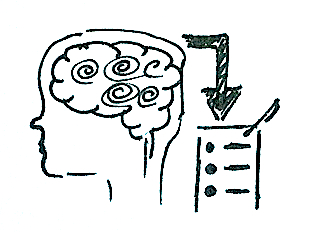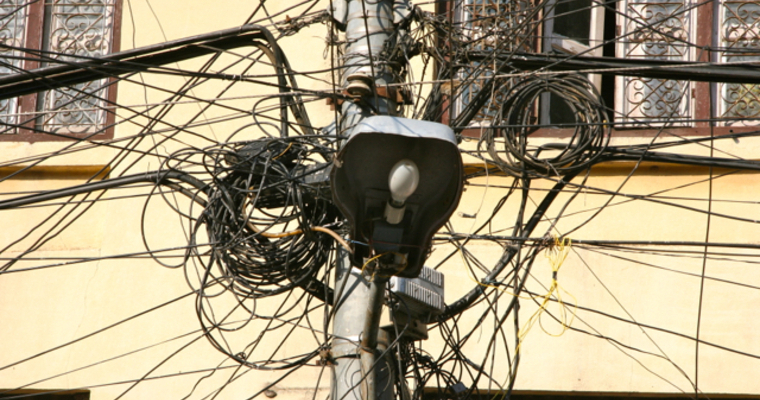Valparaiso, CHILE
Understanding how our brain handles focus is a key factor to enhance the results that matter at the end of the day. To find out what can be done, we should first address multitasking with a little more detail.
Multitasking : single or parallel processing
First of all, let me suggest a useful abstract distinction: Single Processor Multitasking and Parallel Processors Multitasking. The classification depends on whether you're using multiple "working-engines", or a single distributed one.
Imagine you are in the kitchen cooking a nice dinner for guests and you've decided to prepare a 3 course meal: a delicious paté with toasts and cheese for starters, a special oven-roasted chicken with rice, and a simple micro-wave chocolate cake for desert. There's a lot to do and you don't have much time...
The part where you divide yourself between preparing the chicken, getting started on the cake, mixing the paté ingredients or even setting up the dinner table, is Single Processor Multitasking. This means that you, as a single working unit, certainly very busy, will hardly be really doing two things at exactly the same time. Even if you're in a rush holding plates in one hand while adding salt with the other, the split of a second while you're pouring the salt, the plates are not really moving towards their destination. They will be, in the next instant. You just manage to shift fast enough so every task gets a bit of your attention, though one at a time.
Meanwhile, everything as a whole is apparently moving forward together "at the same time". Let's call this Single Processor Multitasking.

In the same example, Parallel Processors Multitasking would be the rice in the hot plate, the chicken in the stove and the cake in the microwave, all being cooked at the same time. Each being processed by its own unit - no resources division needed. This would be Parallel Processors Multitasking.
Human brain multitasking
Assuming a huge oversimplification, our brain seems to multitask decently with parallel processors, but finds trouble dividing a single processor's attention between two activities.
You can easily be driving home and having a conversation at the same time! No problem with that! And they are both quite complex activities (remember your first driving lesson?)! They will be using nearly independent brain processors: one part drives, another talks. You could even add a third automated processor: for instance smoking! Now you're driving home, talking and smoking, all at the same time!! Maybe some radio on the background... not really that difficult, right? You'd be multitasking with Parallel Processors and that works fine.
On the other hand, if something gets out of the automated, what happens? Imagine that you're driving, not home, but to a friend's place instead. You rarely come to this part of town, and now it's getting difficult to keep talking attentively... you feel you're supposed to take one of the next turns, but you're not sure which.. and because you'd be needing a good deal of conscious attention to what you see, your memory of the last time you went, eventually the city's mental map, and evaluating options from all this information, you probably disrupt the conversation for a moment until you're sure to be on track again. "Sorry, what were you saying?..." While the "technical" part of driving (even also smoking) kept going fine, basically automated by some sort of dedicated processors, there was a dispute for resources between talking and choosing the right way to get where you want to go. It's like if the same single reasoning processor has to shift between those two reasoning contexts, moving each one a little bit forward at a time. And that really doesn't work very well for us.
Unconscious multitasking
Sometimes, your brain will multitask even if you decide not to. A given number of thoughts - worries, concerns, things you have to remember, etc - may occupy part of your processing capacity, leaving less mental availability for whatever you are consciously addressing at a given moment. Part of this process is not controllable, but a part is. If you want to maximize your mental availability for a report, a letter, a presentation, a meeting, a movie, your yoga class, or just playing with the kids, you might want to mindsweep yourself regularly and specially before those moments. That's what this week's trick is about - check it out!
On my next article, I'll be talking about interruptions and productive contexts.
Until then, try a TRICK!..
Gonçalo Gil Mata
www.WhatsTheTrick.com
NOW TRY A TRICK!...

|T| Mindsweep regularly ...>>
see more TRICKS - vote and comment on them!







plz what up trick tips give me